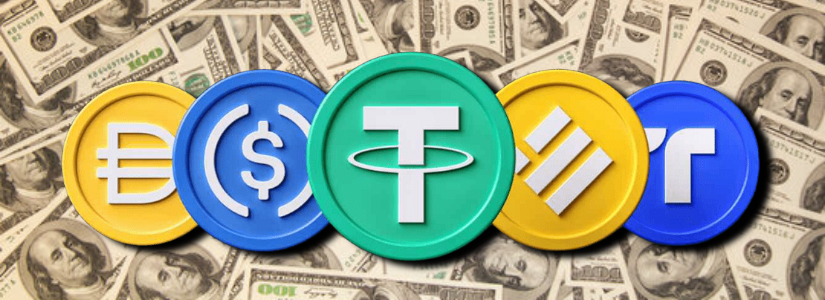TL;DR
- Goldman Sachs and the U.S. Treasury Secretary foresee strong growth in the stablecoin market, driven by new regulations and their potential in payments.
- USDC could increase by $77 trillion between 2024 and 2027, with a CAGR close to 40%, while the total payments market represents $240 trillion annually.
- Research shows that inflows into stablecoins slightly reduce short-term Treasury yields, although outflows have a larger impact.
Goldman Sachs and the U.S. Treasury Secretary anticipate intense growth in the stablecoin market, fueled by new regulations and their potential to transform payment systems.
The bank places the current market size at $271 trillion and projects that issuing stablecoins backed by dollars or Treasuries could rapidly expand their use in transfers and settlements.
Treasury Secretary Scott Bessent has stated that stablecoins, backed 1:1 with high-quality instruments, could increase demand for Treasury bonds. According to his assessment, this backing will strengthen the dollar in international operations and make the U.S. economy more accessible to a wider range of users. The legislative proposal known as the GENIUS Act aims to align federal and state rules for these cryptocurrencies, providing legal clarity and allowing for integrations with existing payment systems.
Goldman Sachs: USDC Expected to Grow Significantly in the Coming Years
Goldman Sachs adds that USDC could capture a significant portion of this growth. The bank estimates an increase of $77 trillion in USDC between 2024 and 2027, equivalent to a CAGR near 40% during this period. According to Goldman, the biggest opportunity lies in payments: Visa values annual payment volume at around $240 trillion, with roughly $40 trillion in consumer spending; this scale highlights the potential stablecoins hold beyond crypto trading.
Research from the Bank for International Settlements (BIS) indicates that strong inflows into stablecoins slightly reduce short-term Treasury yields; their model suggests a drop of 2 to 2.5 basis points on three-month Treasuries following an inflow shock. The BIS warns, however, that the effect is not symmetrical: outflows raise yields with greater intensity than inflows lower them.
Not all analysts share the optimism. Paul Donovan from UBS argues that stablecoins merely redistribute liquidity within the system and do not necessarily create additional net demand for public debt. From this perspective, moving assets from existing instruments into reserves that purchase Treasuries does not change the total financing volume.
Stablecoins sit at the intersection of financial innovation and monetary policy. Regulation will determine how fully they can integrate into global payment flows and how much they will influence short-term public debt demand













